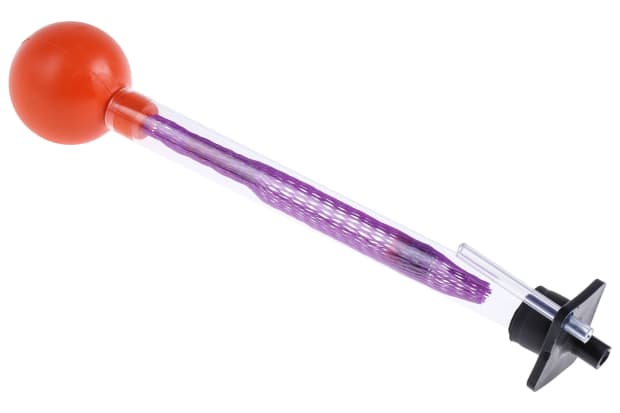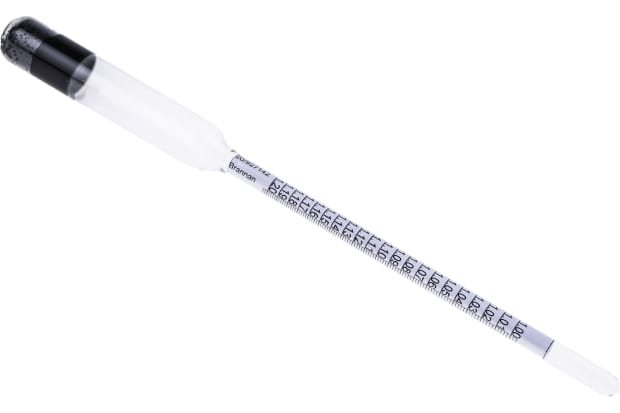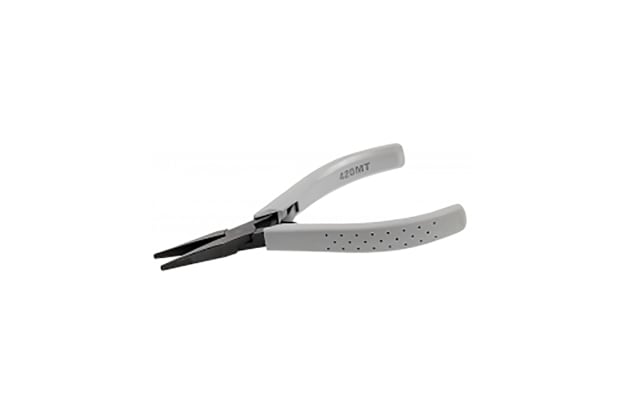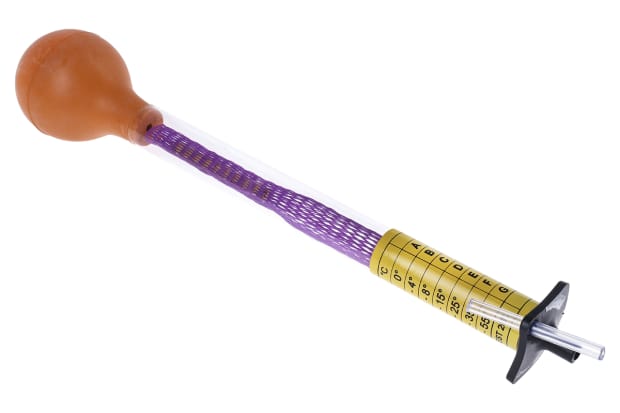- Published 9 Apr 2024
- Last Modified 9 Apr 2024
- 6 min
What is a Hydrometer and What is a Hydrometer Used for in New Zealand?
Dive into our comprehensive guide to master the art of hydrometer use, reading, and application across a wide range of industries.

Hydrometers are used in a variety of industries, including winemaking, brewing, and marine. This article will provide an overview of what a hydrometer is, how it works, and the various applications in which it is used. We will also cover the different types of hydrometers and how to use them.
What is a Hydrometer?

A hydrometer is a simple but essential tool used to measure the specific gravity or density of a liquid. It consists of a weighted glass tube with a scale inside and a weighted bulb at the bottom. The scale is calibrated to provide readings based on the liquid's density.
When a hydrometer is placed in a liquid, it will float at a certain level depending on the liquid's density. The scale inside the hydrometer indicates the specific gravity of the liquid, which can be used to determine various properties of the liquid.
How to Use a Hydrometer?
Using a hydrometer is a simple process, but it requires a few steps to ensure accurate readings. Here's a step-by-step guide on how to use a hydrometer:
Step 1: Clean and Dry the Hydrometer
Before using a hydrometer, make sure it is clean and dry. Any residue or impurities on the hydrometer can affect the accuracy of your readings.
Step 2: Draw a Sample of the Liquid
Use a clean container to draw a sample of the liquid you want to measure. The container should be deep enough to fully submerge the hydrometer without the liquid spilling over.
Step 3: Check the Temperature
Hydrometers are typically calibrated for use at specific temperatures, usually around 20 degrees Celsius. If your liquid is not at the calibration temperature, you'll need to adjust your reading using a temperature correction table.
Step 4: Submerge the Hydrometer
Carefully lower the hydrometer into the liquid sample. Make sure it is fully submerged and not touching the sides or bottom of the container.
Step 5: Read the Hydrometer
Once the hydrometer stabilizes in the liquid, take a reading at the point where the liquid surface meets the scale inside the hydrometer. This reading will give you the specific gravity of the liquid.
Step 6: Record Your Results
After taking your reading, be sure to record the specific gravity of the liquid. This will be important for any calculations or comparisons you need to make.
What Does a Hydrometer Measure?
Hydrometers measure the specific gravity or density of a liquid, which can provide valuable information about the composition and characteristics of the liquid.
In winemaking, brewing, and distilling, hydrometers are commonly used to measure the sugar content of a liquid. This is important because the sugar level can help determine the potential alcohol content after fermentation.
In the marine industry, hydrometers are used to measure the salinity and density of seawater. This information is important for various marine applications, including navigation and marine biology.
Hydrometers are also used in other industries, such as automotive, food and beverage, and scientific research, to measure the density of different liquids.
How Does a Hydrometer Work?
A hydrometer works based on the principle of buoyancy. When a hydrometer is placed in a liquid, it displaces an amount of liquid equal to its own weight. The depth at which the hydrometer floats in the liquid is determined by the density of the liquid.
The scale inside the hydrometer is calibrated to provide readings based on the specific gravity of the liquid. A higher reading on the scale indicates a higher density, while a lower reading indicates a lower density.
Types of Hydrometers
There are several different types of hydrometers, each designed for specific applications. Here are a few of the most common types of hydrometers:
Battery Hydrometer
A battery hydrometer is a type of hydrometer used to measure the specific gravity of the electrolyte in a battery. This can help determine the state of charge and overall health of the battery. Battery hydrometers are commonly used in automotive and industrial applications.
Thermohydrometer
A thermohydrometer is a type of hydrometer that also includes a built-in thermometer. This allows it to measure the specific gravity of a liquid and the temperature at the same time.
Thermohydrometers are often used in laboratories and industrial settings where temperature can affect the density of a liquid.
Brix Hydrometer
A Brix hydrometer is specifically designed to measure the sugar content of a liquid, typically in terms of degrees Brix. This type of hydrometer is commonly used in the food and beverage industry, particularly in the production of juices, syrups, and other sweetened products.
How to Read a Hydrometer
Reading a hydrometer correctly is essential to ensure accurate measurements. Here's a step-by-step guide on how to read a hydrometer:
Step 1: Observe the Meniscus
After submerging the hydrometer in the liquid, you'll notice that the liquid surface curves up the scale, forming a meniscus. Always read the bottom of the meniscus at eye level to eliminate parallax error.
Step 2: Read the Scale
Depending on the type of hydrometer, there may be different scales to read, such as specific gravity, potential alcohol, or Brix. Take your reading directly from the appropriate scale based on your specific application.
Step 3: Consider the Sample Temperature
If your sample is not at the calibrated temperature, you'll need to adjust your reading using a temperature correction table. Most hydrometers are calibrated for use at around 20 degrees Celsius.
Step 4: Record Your Reading
Be sure to record the reading from the hydrometer for future reference. This can be important for maintaining a hydrometer reading chart over time.
Conclusion
In conclusion, hydrometers are versatile instruments used to measure the specific gravity or density of liquids. They are used in a wide range of industries, from winemaking and brewing to marine biology and automotive.
Whether you're a professional in your field or just starting out, understanding how to use and read a hydrometer can be incredibly valuable. The type of hydrometer you need will depend on your specific application and the level of precision required.
If you're in New Zealand and looking to purchase a hydrometer, there are several options available, including specialty stores, online retailers, and scientific supply companies.
We hope this guide has provided you with a better understanding of hydrometers and their various applications. If you have any further questions, please feel free to reach out to us.


